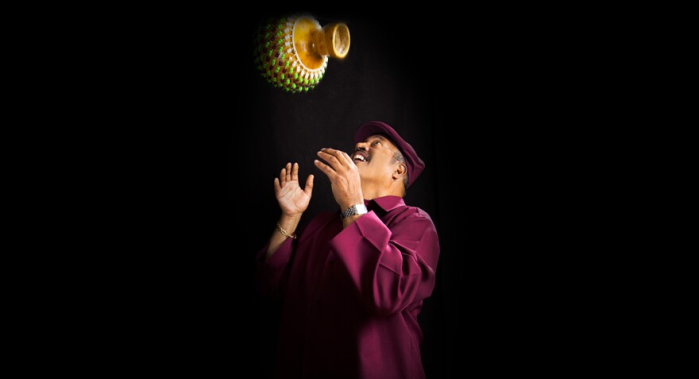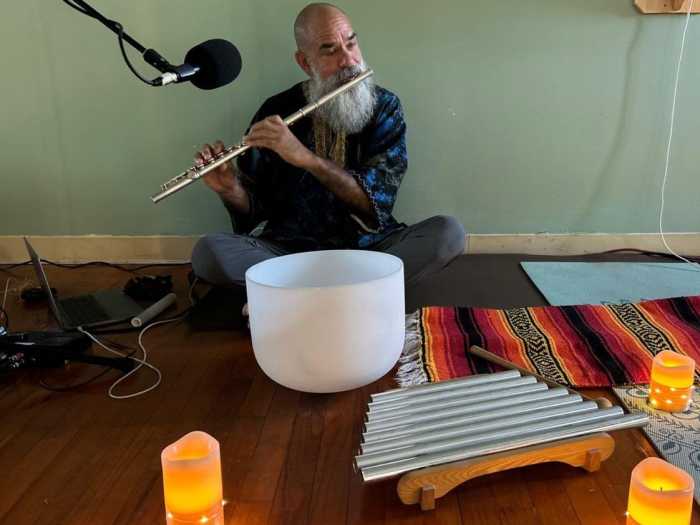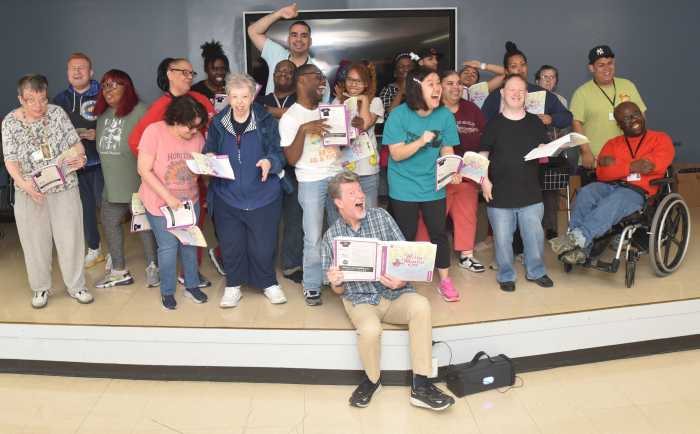
Council Member Antonio Reynoso, who represents parts of Williamsburg, joins community groups at City Hall Wednesday (Photo: @CMReynoso34)
Dec. 7, 2019 By Kristen Torres
Elected officials and civic groups are banding together in an effort to make it mandatory for the city to study the racial impacts of a neighborhood rezoning.
Public Advocate Jumaane Williams appeared alongside Council Members Antonio Reynoso and Rafael Salamanca Wednesday to call on the Council to pass legislation that would require the city to predict demographical changes in an area before a neighborhood rezoning.
The group gathered to present a study completed by Churches United for Fair Housing, a NYC-based advocacy group. The study, entitled Zoning & Racialized Displacement in NYC, revealed that after city-led neighborhood rezonings areas such as Brooklyn’s Williamsburg and Park Slope experienced unanticipated demographical changes.
“Research has shown that areas with wealthier white populations were down-zoned to lower residential densities while lower-income, largely minority areas were up-zoned for higher density,” Reynoso said in a statement.
According to the study, Williamsburg and Greenpoint saw a decrease of about 15,000 Latin residents despite a population growth of nearly 20,000 between 2000 and 2015.
Park Slope saw a similar trend in its demographics, with a decrease of about 5,000 black and Latin residents despite an overall population growth of 6,000 people between 2000 and 2013.
“Our current land use process does not have a mechanism to account for these demographical shifts,” Reynoso said.
Participants at the rally advocated for a bill (Int.1572) introduced by Williams and co-sponsored by Salamanca, Reynoso and Stephen Levin in the council in May.
The bill would require that Environmental Impact Statements (EIS) produced during the rezoning process include an analysis of racial and ethnic impacts. The City is required to complete an EIS when it aims to rezone a neighborhood, while developers must complete one when they seek a spot rezoning.
One Comment







Great idea- and lets do a full comprehensive study. for example does crime go up or down when a neighborhood gets rezoned and eventually becomes gentrified. How about the public schools. Does the ‘pass” rate increase as well as more PTA involvement. How about the streets, Cleaner?. I bet this is just another survey to find blames for ones short comings. Lets find some new excuses as we have just about exhausted all the old ones.